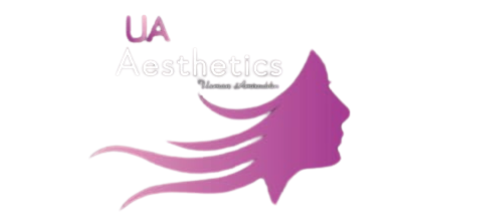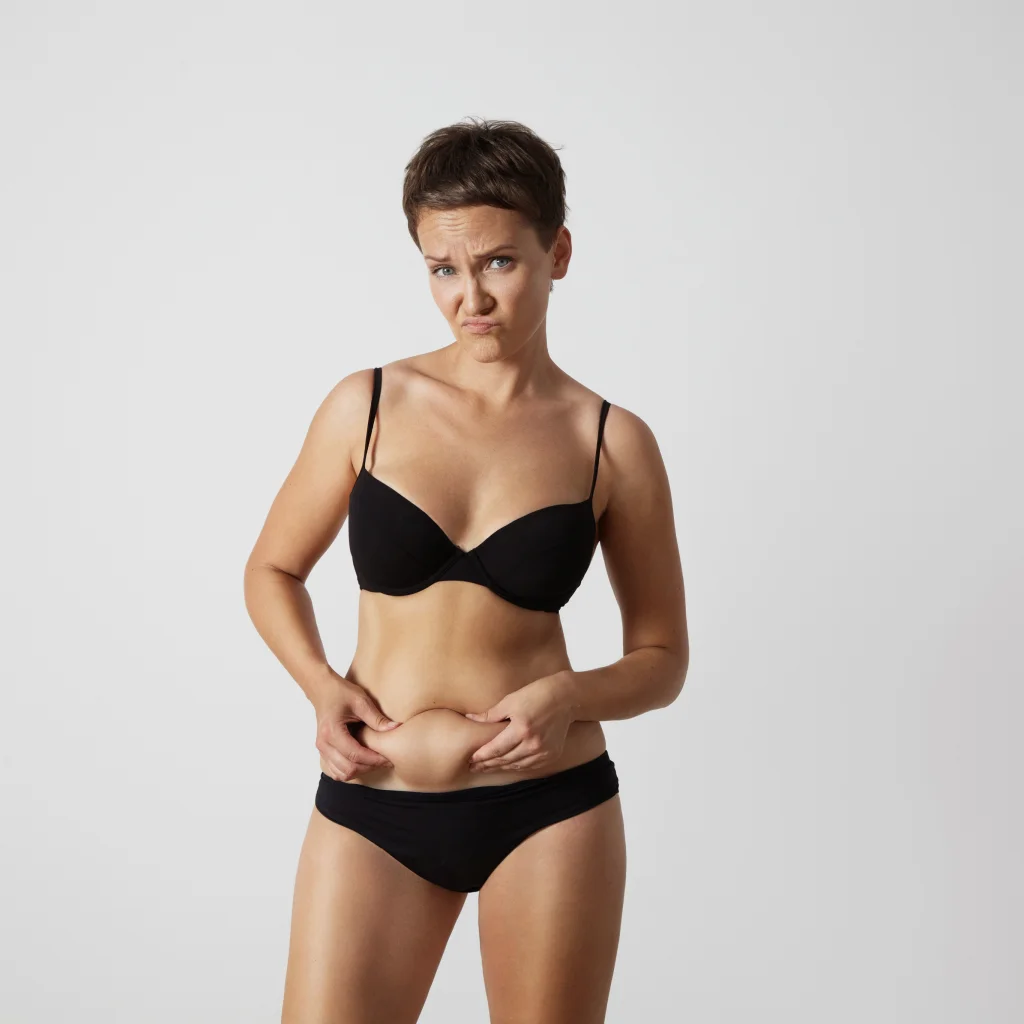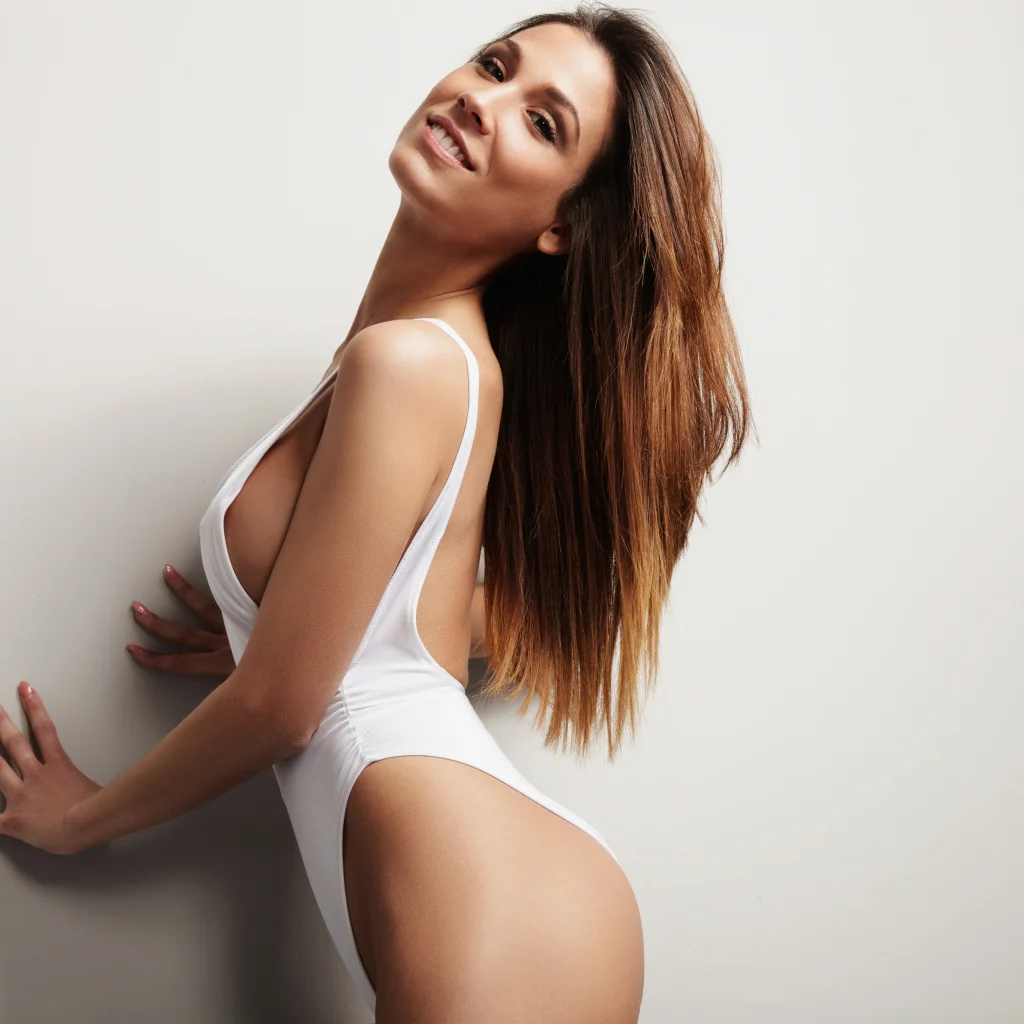Table of Contents
Hello, I’m Dr. Usman Amiruddin, a dedicated plastic surgeon based in Pakistan and the founder of UA Aesthetics. With clinics in Lahore and Dera Ghazi Khan, I’ve had the privilege of guiding hundreds of patients toward radiant, confident skin through personalized, evidence-based treatments. Our Pakistani heritage brings unique beauty—rich, warm tones that shine under the right care—but it also means facing challenges like intense sun exposure and hormonal shifts that can lead to stubborn pigmentation. Whether you’re navigating the bustling streets of Lahore, preparing for a wedding in your hometown, or living abroad in places like Dubai or the UK, I get it: you want skin that feels as vibrant as your spirit. Today, we’re exploring photofacial, a revolutionary non-invasive skin rejuvenation treatment that’s not just popular—it’s proven. From fading sun damage to evening out tone, this guide will equip you with everything you need. By the end, you’ll be ready to take that first step toward the glow you deserve. Let’s illuminate the facts together.
Introduction to Photofacials
Picture this: a treatment that feels like a warm summer breeze on your face, yet delivers results that rival more invasive options. At UA Aesthetics, photofacial has become a cornerstone for patients seeking subtle yet striking improvements. Also known as IPL photofacial, LED photofacial, Intense Pulsed Light therapy, laser photofacial, or simply a skin rejuvenation treatment, it’s surged in popularity worldwide—and especially here in Pakistan.
Why the buzz? In a country where the sun’s rays are as relentless as our family bonds, skin concerns like tanning and spots are all too common. Recent data from dermatology studies in Pakistan show that pigmentary disorders, including melasma and vitiligo, affect about 3.82% of patients visiting tertiary care centers. Globally, the IPL device market is booming, valued at $1.5 billion in 2024 and projected to hit $3.2 billion by 2033 with a 9.5% CAGR, driven by demand for non-invasive options. For Pakistanis, it’s a cultural fit too—think pre-Eid prep or bridal glow without harsh chemicals that clash with our natural skincare rituals like ubtan.
But it’s not hype; it’s science. WebMD highlights how photofacial improves skin color and texture without surgery, making it ideal for busy professionals or homemakers juggling it all. If you’re tired of uneven tone from daily commutes under the Punjab sun or hormonal changes during monsoon season, photofacial could be your gentle ally. Over the next sections, we’ll unpack how it works, its perks, and tips tailored for our community. Ready to discover your best skin?
What is a Photofacial?
Let’s demystify this: a photofacial harnesses controlled light to refresh your skin from within, much like how dawn light gently awakens the day. As someone who’s performed these treatments for years at UA Aesthetics, I always emphasize education—knowledge builds trust, and trust leads to beautiful outcomes.
How a Photofacial Works
The magic lies in selective photothermolysis: light wavelengths zero in on melanin (the pigment causing dark spots) and hemoglobin (in redness-prone vessels), heating them just enough to break them down without touching surrounding tissue. This not only clears imperfections but also signals your skin to ramp up collagen and elastin production—key for that youthful bounce.
For South Asian skin, which often sits in Fitzpatrick types III-IV, this precision is crucial to avoid irritation. Healthline notes that the process stimulates fibroblasts, leading to renewed cell turnover. In Pakistan’s variable climate—from scorching summers in Dera Ghazi Khan to polluted winters in Lahore—this targeted therapy counters environmental stressors effectively. Patients frequently report a “lit-from-within” feel post-session, as the light kickstarts healing that continues for weeks.
Recent advancements, like energy-efficient IPL devices in 2024, ensure even safer delivery, comparable to pro-grade results at home—but always consult pros like us for the real deal.
Types of Photofacials
Diversity is key; not one size fits all. Based on your concerns, we select from:
- IPL Photofacial: The powerhouse for sun damage facial treatment, pigmentation, and vascular woes like broken capillaries. Its broad-spectrum light tackles multiple issues in one go—perfect for fading those post-holiday tans common among Pakistanis traveling abroad.
- LED Photofacial: Softer and soothing, using red or blue lights to enhance collagen for anti-aging or fight acne bacteria. It’s a favorite for sensitive skin or teens dealing with hormonal breakouts.
- Combination magic: Blend photofacial with microneedling for deeper pigmentation treatment, PRP for added growth factors, or chemical peels for exfoliation. At UA Aesthetics, I often recommend IPL + PRP for melasma, a hyperpigmentation issue plaguing up to 40% of South Asian women due to sun and hormones.
Whichever you choose, we’ll customize during your appointment booking to match your lifestyle—whether it’s quick sessions around prayer times or family duties.
Benefits of a Photofacial
In my practice, photofacial benefits aren’t just promises—they’re transformations that boost self-esteem. For Pakistanis worldwide, where fairer or even-toned skin ties into cultural ideals of beauty (think those flawless bridal looks), this treatment delivers without cultural disconnect.
Skin Issues It Treats
Photofacial is a multitasker, addressing:
- Sun damage and tanning: Our equatorial sun causes photoaging; IPL reduces spots by 70-80% after 3-5 sessions, per clinical reviews.
- Pigmentation and age spots: Targets melasma, the “mask of pregnancy” affecting many Pakistani moms—lightens by 50% on average.
- Acne scars and redness: Calms post-inflammatory hyperpigmentation, common in oily South Asian skin.
- Broken capillaries and rosacea: Seals vessels for blush-free cheeks.
- Uneven skin tone and dullness: Evens out for that signature desi radiance.
A 2024 NCBI review confirms IPL’s efficacy for benign pigmented disorders, with high patient satisfaction. Locally, with sun exposure linked to irregular pigmentation in 20-30% of cases, it’s a preventive powerhouse.
Anti-Aging Benefits
Aging gracefully is universal, but in our gene pool, it shows early from UV hits. Photofacial counters this by increasing collagen by 25-30%, softening fine lines and tightening pores. Elastin boost means firmer jawlines and fewer crow’s feet—vital for those 40+ navigating career peaks or empty nests.
One study showed 75% wrinkle reduction after six sessions. For expats missing Pakistan’s vibrant social scene, it’s a quick confidence recharge before video calls home.
The Photofacial Procedure – What to Expect
Transparency is my mantra; here’s the roadmap to ease any nerves.
Step-by-Step Process
- Consultation & Skin Assessment: At UA Aesthetics, we discuss your history—sun habits, diet (spicy foods can flare rosacea)—and test a patch for safety.
- Pre-Treatment Preparation: Avoid sunbathing two weeks prior; pause retinoids. Hydrate with green tea, a Pakistani staple, for antioxidant prep.
- The Session: Gel applied, then 10-20 light pulses per area. Sensations? Warm pinpricks, like splashes of hot chai—topical numbing if needed. 30 minutes max.
- Cooling and Soothing: Aloe or LED mask to calm; you’re glowing en route home.
Mayo Clinic describes it as quick and tolerable, aligning with our low-pain ethos.
Aftercare & Recovery
Photofacial recovery? Effortless for our on-the-go lives. Redness or freckling lasts 2-4 hours; swelling, overnight. Slather SPF 50 (essential in our UV index of 10+), use mild moisturizers like rosewater-based ones from local bazaars.
No makeup for 24 hours, but resume work instantly. Full peel-off of spots in 7-10 days. Tip: Pair with desi yogurt masks for extra soothe.
How Much Does a Photofacial Cost?
Affordability matters in our economy—let’s break it down realistically.
Average Price Range
Internationally, $200-500 per session; in Pakistan, IPL photofacial is 8,000-18,000 PKR, LED 4,000-9,000 PKR. Packages (4 sessions) drop to 25,000-60,000 PKR, saving 20%.
Factors That Affect Cost
- Clinic reputation and doctor qualifications: My board-certified expertise ensures value.
- Tech: Our 2024-upgraded IPL machines justify the investment.
- Packages vs. singles: Ideal for sustained photofacial benefits.
Query our Contact & Appointments for bespoke pricing—often with Eid specials!
Safety & Possible Side Effects
As a surgeon, safety is non-negotiable. Photofacial boasts a strong profile, but let’s cover bases.
Common Side Effects
Flush-like redness, slight crusting—resolves in days. Hydration and cool compresses help.
Rare Complications
Hyperpigmentation (1-2% risk on darker tones) or burns if settings mismatch. Patch tests mitigate.
Who Should Avoid a Photofacial?
Photosensitive meds, pregnancy, keloid history, or active herpes. Darker tones (V-VI) may need Q-switched lasers instead.
NCBI 2024 affirms safety for most, with complications under 5%.
How to Choose the Right Photofacial Provider
Your skin deserves experts.
Key Factors to Look For
- Certifications: Like my About Dr. Usman Amiruddin profile.
- Cutting-edge, FDA-cleared tech.
- Hygiene: Sterile, post-COVID standards.
- Authentic reviews: Our Google 4.9 stars speak volumes.
Red Flags to Avoid
Overpromises (“one session forever!”), no photos, or rushed consults. Choose trust over trends.
Photofacial vs. Other Skin Treatments
Wondering if a photofacial is the right glow-up for your skin concerns? As Dr. Usman Amiruddin, a plastic surgeon specializing in South Asian skin types at UA Aesthetics, I often guide patients through these choices—especially for those battling pigmentation from Pakistan’s intense sun or expat life abroad. Photofacials, using intense pulsed light (IPL), excel at targeting melanin for even tone without aggressive peeling, making them a gentle yet effective option for Fitzpatrick types III-V. Below, I’ll compare it to chemical peels, laser resurfacing, microneedling, and Hydrafacial, backed by clinical insights. For a snapshot, see the table at the end—empowering you to pick what’s best for your desi glow.
Photofacial vs. Chemical Peels
Chemical peels apply acids to exfoliate the epidermis, sloughing off dead cells for an immediate radiant glow and tackling superficial issues like mild pigmentation or dullness—think of it as a deeper cleanse than your daily ubtan. They’re effective for fine lines and acne, with superficial peels showing 30-50% improvement in texture after a series. However, deeper peels risk more flaking (3-7 days of peeling and sensitivity), and for melanin-rich Pakistani skin, they heighten chances of post-inflammatory hyperpigmentation or scarring—up to 20-30% higher risk without expert adjustment.
Photofacials, by contrast, use broad-spectrum light to penetrate the dermis, breaking down excess melanin for lasting pigmentation correction (up to 70% reduction in sun spots after 3-5 sessions) and vascular redness, with far less surface disruption—no literal peeling, just mild redness fading in hours to 1-2 days. This makes IPL ideal for busy professionals prepping for weddings or work calls, though both carry pigmentation risks on darker tones—IPL’s are more manageable with lower settings. For my patients, I favor photofacials for evenness without the downtime drama.
Photofacial vs. Laser Resurfacing
Laser resurfacing (ablative like CO2 or Erbium) vaporizes skin layers for dramatic renewal, excelling at deep wrinkles, severe sun damage, and scars—delivering 60-80% improvement in texture but with hefty downtime (5-14 days of redness, swelling, and crusting) and higher burn risks on darker skin tones. It’s powerful for transformation but demands recovery time, like avoiding Eid festivities.
Non-ablative photofacials? A fuss-free alternative: IPL scatters light to heat pigments and vessels selectively, stimulating collagen with zero ablation—minimal downtime (often just 1 day of pinkness) and safer for our community’s tones, reducing hyperpigmentation risk by 50% compared to ablative lasers. Effectiveness shines for pigmentation and mild aging (40-60% spot fading), though lasers edge out for profound resurfacing. For sun-kissed Lahore summers, photofacials offer quick, low-commitment radiance.
Photofacial vs. Microneedling / Hydrafacial
Microneedling creates micro-channels to trigger collagen, diving deep for scars (50-70% acne scar reduction) and texture—versatile for all tones with 1-2 days downtime, but it induces controlled “trauma” that may not target pigmentation as precisely as light-based IPL. Hydrafacial, meanwhile, vortex-extracts and hydrates superficially for instant polish—no downtime, perfect for oily, acne-prone skin like many Pakistanis have, but it skimps on scars or deep sun damage (minimal long-term collagen boost).
Photofacials lead for light-based fixes like sun spots and melasma (up to 60% evenness improvement), complementing microneedling for hybrid scar-pigmentation combos or Hydrafacial for maintenance glow. In my practice, we layer them for ultimate results—photofacial for tone, microneedling for firmness—tailored to your heritage-driven skin needs.
Comparison Table: Photofacial vs. Key Alternatives
| Aspect | Photofacial (IPL) | Chemical Peels | Laser Resurfacing | Microneedling | Hydrafacial |
| Depth of Treatment | Dermis (pigment/vascular targeting) | Epidermis to mid-dermis (exfoliation) | Full epidermis/dermis (ablation) | Dermis (collagen induction) | Epidermis (cleansing/hydration) |
| Downtime | Minimal (hours-1 day redness) | 3-7 days (peeling, sensitivity) | 5-14 days (redness, swelling) | 1-2 days (mild redness) | None (immediate) |
| Best For | Pigmentation, sun damage, redness | Dullness, mild pigmentation, acne | Deep wrinkles, scars, sun damage | Acne scars, texture, fine lines | Hydration, congestion, maintenance |
| Suitability for Darker Skin Tones | Good (adjustable; low PIH risk) | Moderate (higher hyperpigmentation risk) | Moderate (ablative risky for burns) | Excellent (safe for all tones) | Excellent (gentle for all) |
| Effectiveness for Pigmentation/Scars | 40-70% spot reduction | 30-50% surface evenness | 60-80% (but variable) | 50-70% scar improvement | Minimal (surface only) |
| Risks | Temporary redness, rare blistering | Peeling, infection, discoloration | Burns, scarring, prolonged healing | Pinpoint bleeding, rare infection | Rare (mild tingling) |
| Sessions Needed | 3-6 (4 weeks apart) | 4-6 (2-4 weeks apart) | 1-3 (longer recovery) | 3-6 (4-6 weeks apart) | Monthly |
| Cost Range (per session) | $150-500 | $100-500 | $500-2,000 | $100-800 | $150-300 |
Note: Costs are global averages; at UA Aesthetics, we bundle for value with skin-type-specific plans. Always consult for personalization.
Ready to even out that sun-kissed tone? Book a consultation at UA Aesthetics—your path to confident, radiant skin starts here. Explore more on our Homepage or Dr. Usman Amiruddin’s Profile. Follow @ua.aesthetics for tips and transformations! 💎
Real Patient Experiences & Results
Stories inspire. Take Ayesha from Lahore: Post-three IPL photofacials, her melasma faded 60%, prepping her for shaadi season—”I danced without filters!” Or Ahmed in DGK, abroad worker: LED sessions cleared acne scars, boosting video interview confidence.
Photofacial before and after? Week 1: brighter; Month 3: transformed. 85% see lasting glow with maintenance; expectations: gradual, not overnight.
FAQs About Photofacials
Is a photofacial painful?
Barely—a snap or two; cooling minimizes it.
How many sessions do I need?
3-6, every 3-4 weeks for optimal photofacial benefits.
How long do results last?
Up to a year with SPF; yearly touch-ups.
Can I wear makeup right after?
Wait 24 hours; mineral-based then.
Is it safe for all skin types?
Yes for I-IV; V-VI with caution—let’s assess.
Conclusion
Photofacial stands tall as a safe, versatile non-invasive skin rejuvenation hero, conquering pigmentation treatment, sun damage, and aging for Pakistanis everywhere. With stats backing 70%+ improvements and minimal risks, it’s your path to enduring radiance.
Ready for Your Radiant Pulse?
Don’t wait—consult a certified dermatologist at UA Aesthetics today and unlock even, glowing skin with the power of light. Secure your appointment now—one pulse to paradise! 💎 Transform Your Look. Boost Your Confidence. Our expert team in Lahore or Dera Ghazi Khan is ready to tailor a photofacial plan just for you.
📍 Visit Us Today
- Lahore Clinic: 🏥 1001 E-1, Johar Town (Thu–Sun)
- Dera Ghazi Khan Clinic: 🏥 Hospital Chowk Lane 2, Opposite Trauma Center (Mon–Wed, 4 PM–9 PM)
📞 Contact & Appointments
Schedule your consultation today by calling 0322-4465542 or 0334-4541988.
- WhatsApp: Message Us Directly
- Email: usman_adin@hotmail.com
🌐 Learn More About Us
- UA Aesthetics Homepage – Dive into our world-class treatments.
- About Dr. Usman Amiruddin – Discover the expertise behind your glow.
📲 Follow & Subscribe for Updates
Stay connected for tips, transformations, and exclusive offers:
- Instagram: @ua.aesthetics
💡 Your Beauty, Refined. Your Confidence, Redefined. Your journey to flawless skin begins with one click—book now and let the light work its magic!






